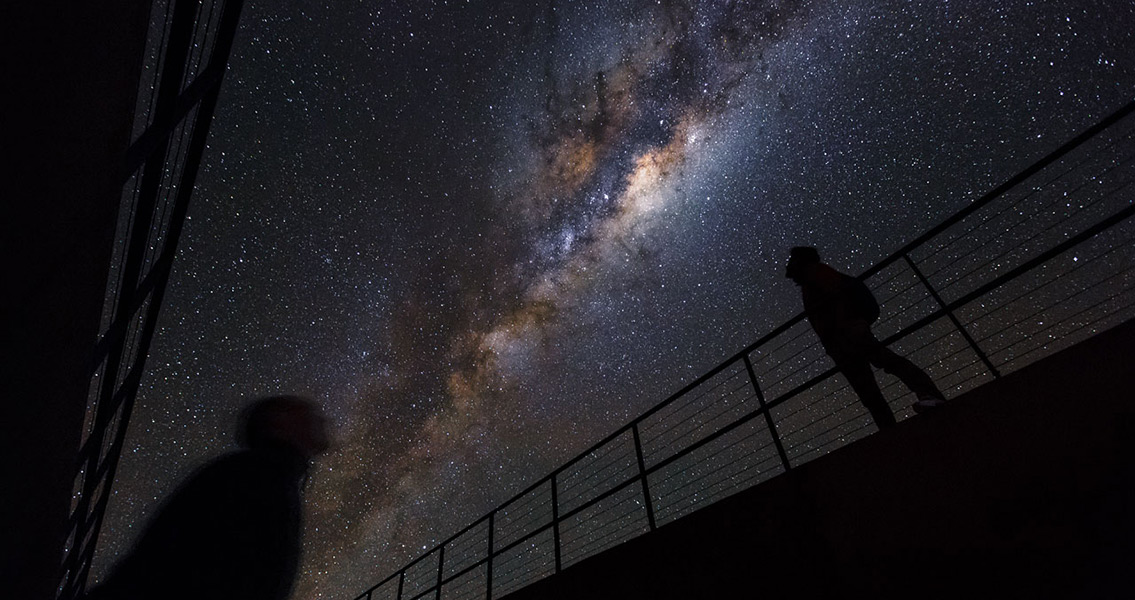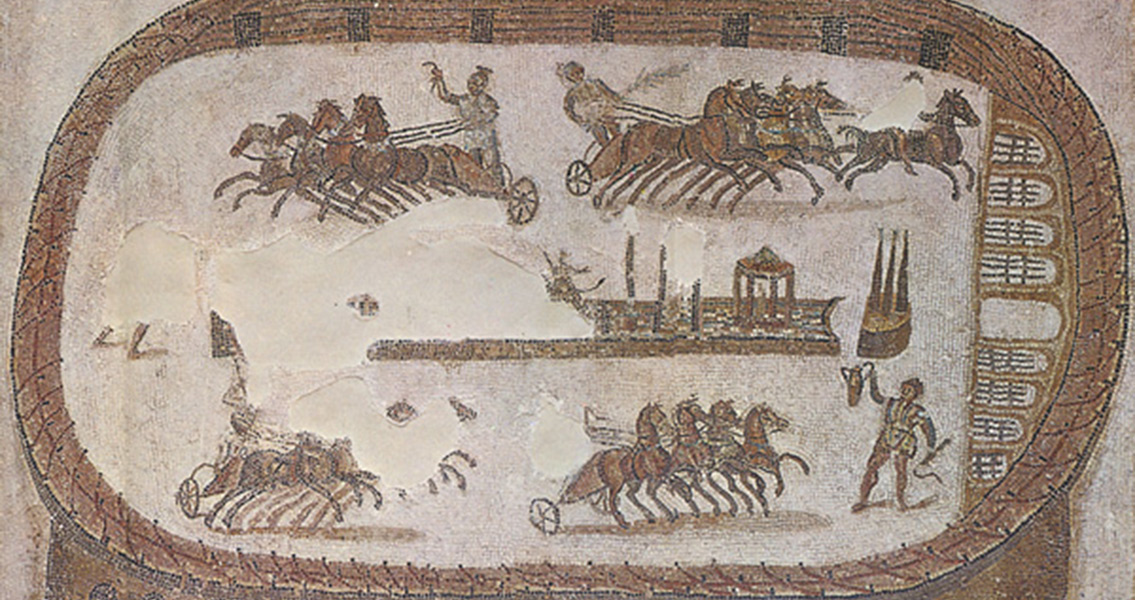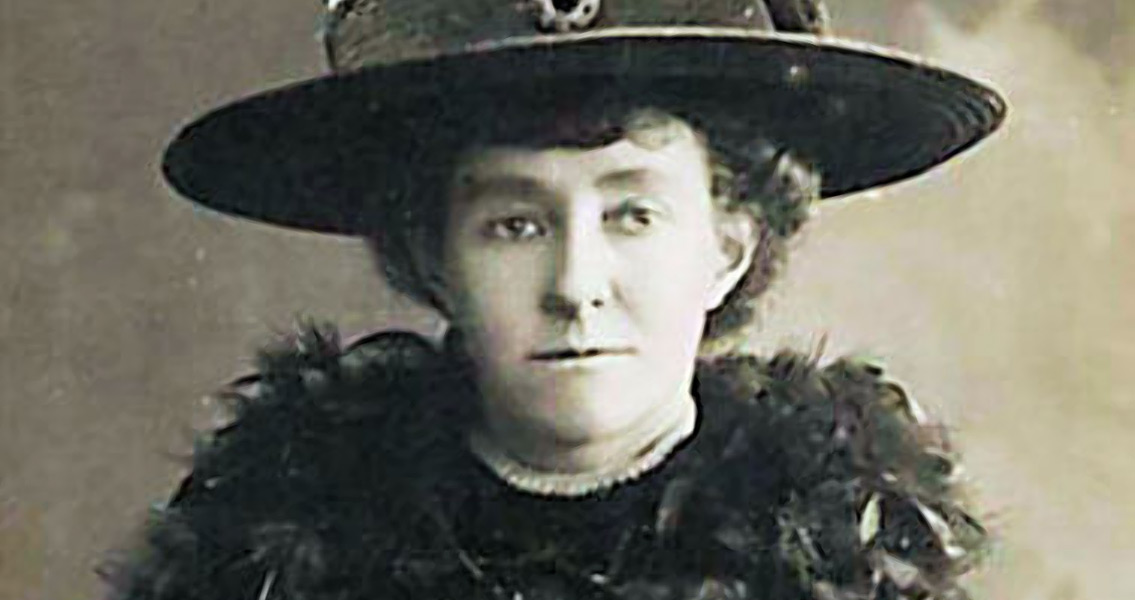Daily Mail, in order to accurately detect and time the very first appearance of this star, it has to be viewed at twilight. At the time the graves were constructed, between 4,300 and 3,700 BCE, Aldebaran would have risen between April 18th and 27th, in the exact spot in the sky that’s visible from inside every entrance passage at Carregal do Sal. The first sighting of Aldebaran may have been used by early humans to mark the seasons. Upon the star’s arrival, Neolithic communities would have likely moved their cattle to higher pastures located nearby in Serra da Estrela. Additionally, given that the tombs were widely considered sacred places, this ability to detect stars too faint for anyone outside of the tomb to see may have been considered a sort of secret knowledge, obtainable only in the company of their deceased ancestors. How does it work? There are several factors at play, according to what Dr. Silva told the Daily Mail. The long entrance behaves like a telescope without a lens, simply a long tube, the characteristics of which affect how and what you see. For instance, your attention is directed to a particular area while the distraction of other stars is removed, and the total darkness of the structure would be helpful for adjusting your eyes to the darkness of the sky – which in turn makes it easier to detect faint details like distant stars. Previous studies have shown that the majority of passage tombs located in Portugal are positioned to align with two or three different stars, Aldebaran being the primary attraction. Although there are over a thousand known passage graves throughout Europe, it’s estimated that only around 10% of them are oriented towards a particular star, including the well-known passage graves at Bryn-celli-Ddu on Anglesey, and Newgrange in Ireland; which appear to have been orientated towards either the sunset or sunrise on the winter or summer solstice. The research was presented at the 2016 Royal Astronomical Society’s national meeting during a special session about how historical societies and cultures studied the sky. Image courtesy of ESO/Luis Calçada/Herbert Zodet ]]>
BREAKING NEWS
- Who was Harriet Tubman? The Life and Legacy of an American Heroine.
- What were the causes of World War I?
- The Spanish Civil War: How it all started and its aftermath
- How did the Partition of India happen and what were the consequences?
- Hildegard of Bingen: A Renaissance Woman Before Her Time
- What was Watergate?
- Seeking Refuge: International Refugee Policy and the Holocaust
- How did Switzerland stay neutral during World War II?
- Lines In The Sand, part 2: The Mexican-American War
- What is “blackbirding”?
2014 Powered By Wordpress, Goodnews Theme By Momizat Team







